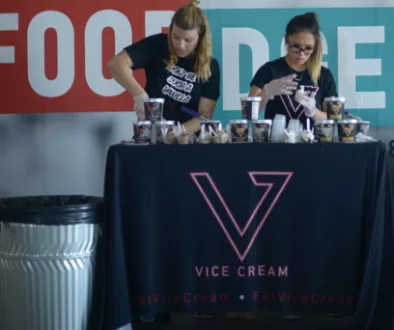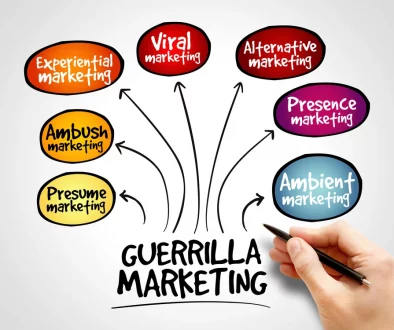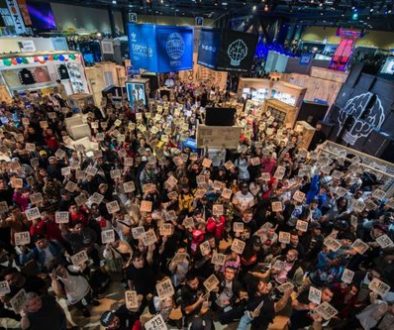Experiential Marketing Effective with Younger Millennials & Gen-Z
In a world full of marketing clutter, consumers today, especially younger millennials and Gen-Z (ages 16 – 22), are favoring brands that can deliver unique and personalized experiences. It’s why experiential marketing has been trending in recent years. Consumers place a high value on experiencing things in real life and wanting to connect face-to-face. They also value experiences and events they can share via their social media channels.
Digitally native Gen-Zers in particular, have never known a life without computers and cell phones — they’ve grown up using technology like the internet and mobile phones. They spend much of their time online tethered to their smartphones, and since they are constantly being bombarded by ads and sponsored messaging, they have become pros at disregarding traditional marketing tactics. They are certainly a harder nut to crack marketing-wise. And while an average Gen Zer spends up to 8 hours a day online, this younger population is unique from a marketing perspective in that they crave in-person experiences. So what is it about experiential marketing that appeals to this younger crowd?
Shareability
Experiential marketing isn’t just a way for brands to connect with consumers, it’s also a conduit for social sharing. Creating an experience that consumers want to talk about online will help not only create brand awareness, but it’s also an important metric to gauge a successful brand activation. And since this younger population strongly values the opinions of their peers, receiving validation about their experience online is extremely satisfying to them. For brands, a deep engagement on-site with their consumers is great, but it’s social media that gives the activation legs, so to speak. Breaking through to consumers’ personal feeds is truly where a brand can be seen and heard. Plus, if it didn’t happen on social media, did it really happen?
Transparency
Young consumers don’t like to be talked at, they appreciate a brand that is down-to-earth and transparent. One that can organically immerse itself into their culture. Younger consumers will quickly call a brand out for being inauthentic or unoriginal, so when a brand can tap into a big cultural moment and play a leading role with an experiential activation, it goes a long way. Social sharing also helps to create transparency, especially when Gen-Zers and young millennials become willing brand ambassadors.
It Makes an Impression
As more traditional forms of marketing increasingly bombard consumers, it becomes harder and harder for brands to break through the noise. To make a real impression. The Gen-Z pop thrives off of new and unique experiences and are increasingly choosing to spend their time and money on events and experiences over material goods or even the latest technology. A good experiential activation allows a brand to have face-to-face conversations with consumers, to deeply engage with them. It creates personalized experiences that are memorable and resonate. Qualities that this younger crowd is attracted to.
It’s Multi-Dimensional
Experiential marketing is unique in that it can deliver more than one message at a time allowing for multi-faceted experiences that are highly attractive to the younger population of consumers. A pop-up experience, for example, can tell a brand story and deliver a variety of messaging all the while allowing for consumers to sample products and have face-to-face conversations with brand ambassadors. It gives consumers 360 degrees of interaction with a brand.
So how have we at MotusExp successfully hit this target through experiential marketing? Being headquartered in Boston, the capital of college students, we have successfully helped brands access this segment of consumers. A great time to hit them is during Fall Rush, which is a small window when new students move into Boston. Your activation plan doesn’t have to be complex to get your message across — but hitting them both face to face on and off-campus is a good place to start. In conjunction with simple local advertising, a guerilla marketing approach is very effective. This strategy allows the teams to go where students hang out in order to distribute materials and create deeper engagement and conversation. *****See how we helped RCN with their Fall Rush college guerilla marketing and street team activation. (INSERT LINK TO RCN CASE STUDY)*****
When it comes to the younger millennial and gen-z population, it’s important to keep in mind that while they have grown up in front of screens, it’s face-to-face experiences they crave. These young consumers are good at cutting through the noise and traditional marketing tactics and appreciate shareable multi-dimensional experiences. Brands that are more transparent will break through to this target and make an impression.




